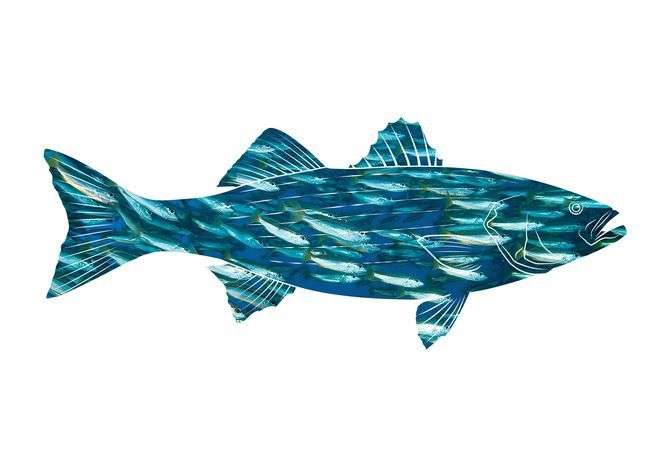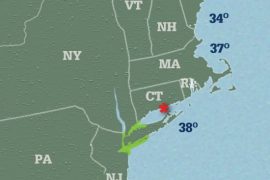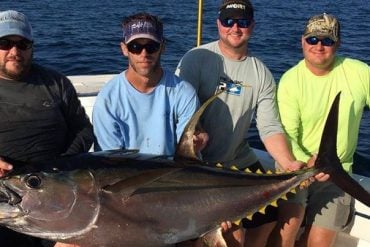
I am a commonsense kind of guy. I’m pretty sure the sun will rise tomorrow in the east and will keep that up until, in the words of Shakespeare, I “shuffle off this mortal coil.”
It also seems to be common sense that in the natural world there are predator and prey relationships that have developed over tens of thousands of years. Mankind’s efforts to disrupt those relationships with our ongoing exploitation of fisheries worldwide are only a blink of the eye at the end of that timespan. In the world of fish, it seems that the relationship of predator to prey is pretty straightforward.
There are some predators (fish and other critters that eat smaller fish), and there are lots and lots of prey (the little ones that get eaten). There are many reasons this has developed this way. The primary ones are that there are lots of prey because the predators need to eat and because there is safety and longevity in numbers. Pretty darn simple to a commonsense kind of guy.
Then earlier this year, a study came out that, to a great extent, turns this simple theory on its head. The study was done by a group of fisheries biologists who have a long list of letters after their names. So, who am I to argue with all that knowledge? Common sense says I should not, and common sense says I should. I’ll follow common sense!
The study is called [“When does fishing forage species affect their predators?”](sciencedirect.com/ science/article/pii/S0165783617300176) The study was conducted by seven highly regarded researchers. If the order of their listing in the document has any meaning, then Ray Hilborn Ph.D. appears to be the lead researcher. There are a number of conclusions from the study, but for me the most important are: The predator rate of increase is uncorrelated with forage fish abundance; forage species are affected much more…





